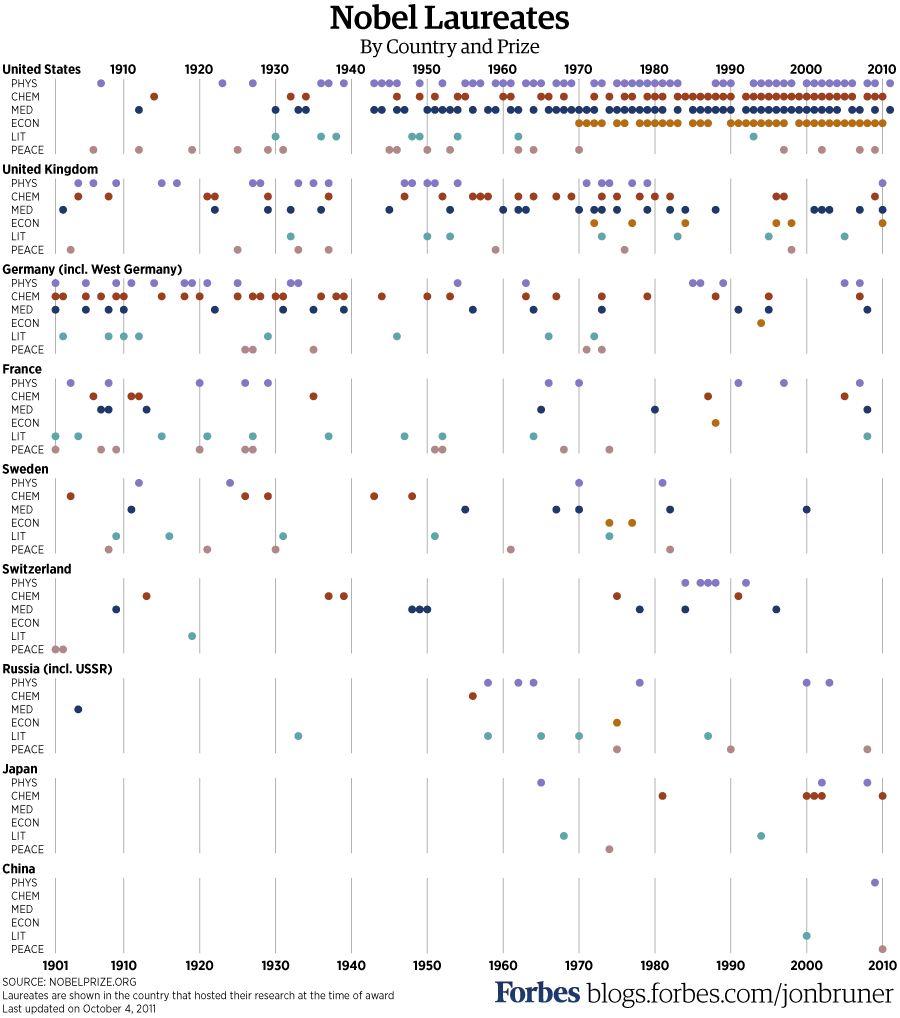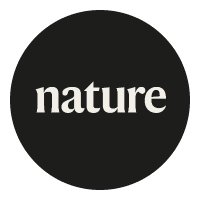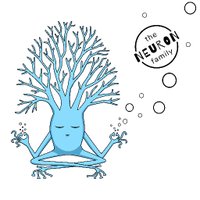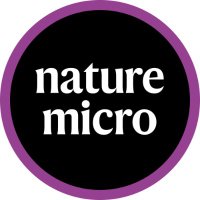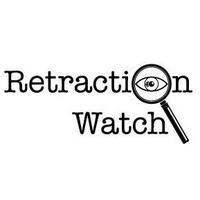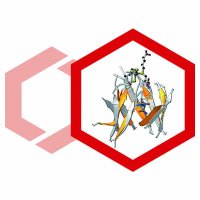
Janbolat Ashim
@janbola82131013
Protein Science & Neuroscience
ID: 1425741174803877889
12-08-2021 08:49:32
1,1K Tweet
657 Takipçi
6,6K Takip Edilen

Happy to share our newest article Ribbe Hu Labs, published in Science Advances ! If you're interested in why life on Earth didn't die out billions of years ago, dive in! Also, my first paper presenting thread 🧵 science.org/doi/10.1126/sc… #ScienceAdvancesResearch

1/ This graph from Jon Bruner tells an important story: America's current dominance in science only began after the mid-1930s, when persecuted scientists began fleeing universities in Germany and then elsewhere in occupied Europe.
